Words by Dr. Rich Ozminkowski
Tomato growing season is right around the corner and we want to make sure you grow the reddest, juiciest tomatoes this year. The Tomato Experts at HEINZ shared some of their insider expertise to make sure you have a great harvest.
How many varieties of tomatoes are there?
HEINZ alone sells over 60 varieties of HEINZ tomato seeds to commercial tomato growers around the world, and now we are offering ‘Early Resilience’ to home gardeners. For the at-home folk, there are five types of tomatoe varieties:
- Processing – typically around 3 ounces in size with a blocky-oval shape and are the best for sauces
- Saladette (Roma) – oval-shaped tomato larger, and often juicier, versions of processing types
- Beefsteak – big, round tomatoes perfect for burger topping
- Grape – a tiny version of a Saladette tomato bred to be high in sugar and lower in acidity
- Cherry – a round, softer version of a grape tomato
What are the best fertilizers to use?
The best fertilizer depends on the stage of your tomato growth. Before we talk about the type of fertilizer for your tomatoes, here is a quick crash course in fertilizing:
- If a fertilizer has a ‘low first number’, that means it is a low nitrogen fertilizer and is likely a bloom booster encouraging roots and flowers.
- If it has a high first number, that means a high nitrogen level and promotes plant growth.
- If it has a high middle number, it is high in phosphorus and promotes roots and flowers.
Now, onto tomato fertilizer!
Before moving your plant outdoors, establishing strong roots is critical, so we recommend using a flower-boosting fertilizer with high phosphorus. Once the plant is outdoors, the HEINZ Tomato Experts recommend a good general water-soluble fertilizer, balanced, but with a higher first number. Avoid over-fertilizing by only fertilizing once a week and when the tomato starts flowering, stop fertilizing altogether.
What are the most common issues, diseases, or pests to watch out for?
There are a few issues all gardeners need to be aware of: Blossom End Rot and Blight, but there are others that depend on where you live in the United States.
Blossom End Rot (BER)
Blossom End Rot is not a disease, it is mostly caused by underwatering (but overwatering at certain times can also cause it) leading to a lack in calcium getting to the fruit soon after the flower is pollinated. Calcium dissolved in the water is taken up by the roots and is needed to help the tomato create cellular structure in the fruits. If you don’t have enough water, water movement isn’t as easy for the plant, so it does not intake the calcium well. If you see BER, the dry spell was likely 4-6 weeks ago. Watch your watering to prevent the below photo from happening!
Blights
There are two types of blight: early blight and late blight. Both are caused by distinct fungi, but both are a problem when the foliage is damp from evening watering/rain or heavy dews. Late blight is the same disease that caused the Irish potato famine and can be devastating to a tomato crop, too. HEINZ bred their ‘Early Resilience’ HEINZ Tomato Seedz to be resistant to this type of blight! The other type is early blight (see photo below), which is an entirely different beast. If you see it, you can get a handle on it with a general fungicide.
If you live in…
The Midwest or Northeast, you need to watch out for Colorado Potato Beetles. These nasty round, striped beetles can devour plants.
In California, your largest concern are root-related pests. One that is common in sandy soils are Nematodes which are microscopic roundworms that invade the roots of the plant and form galls on them. This limits the plant’s ability to absorb water so above ground you see wilting in the afternoons even when the soil is wet. Unfortunately, there is nothing you can do to combat these because they are likely found in your garden soil.
I love growing tomatoes! How do I grow better tomatoes?
If you want to become even more serious about starting your own seedling, Our HEINZ Tomato Experts recommend you build your own seedling stand with a light stand, heating mat, and thermostat.
Want to learn more about how to grow tomatoes at home? Check out this article from the HEINZ Tomato Experts on how to grow your own tomatoes.


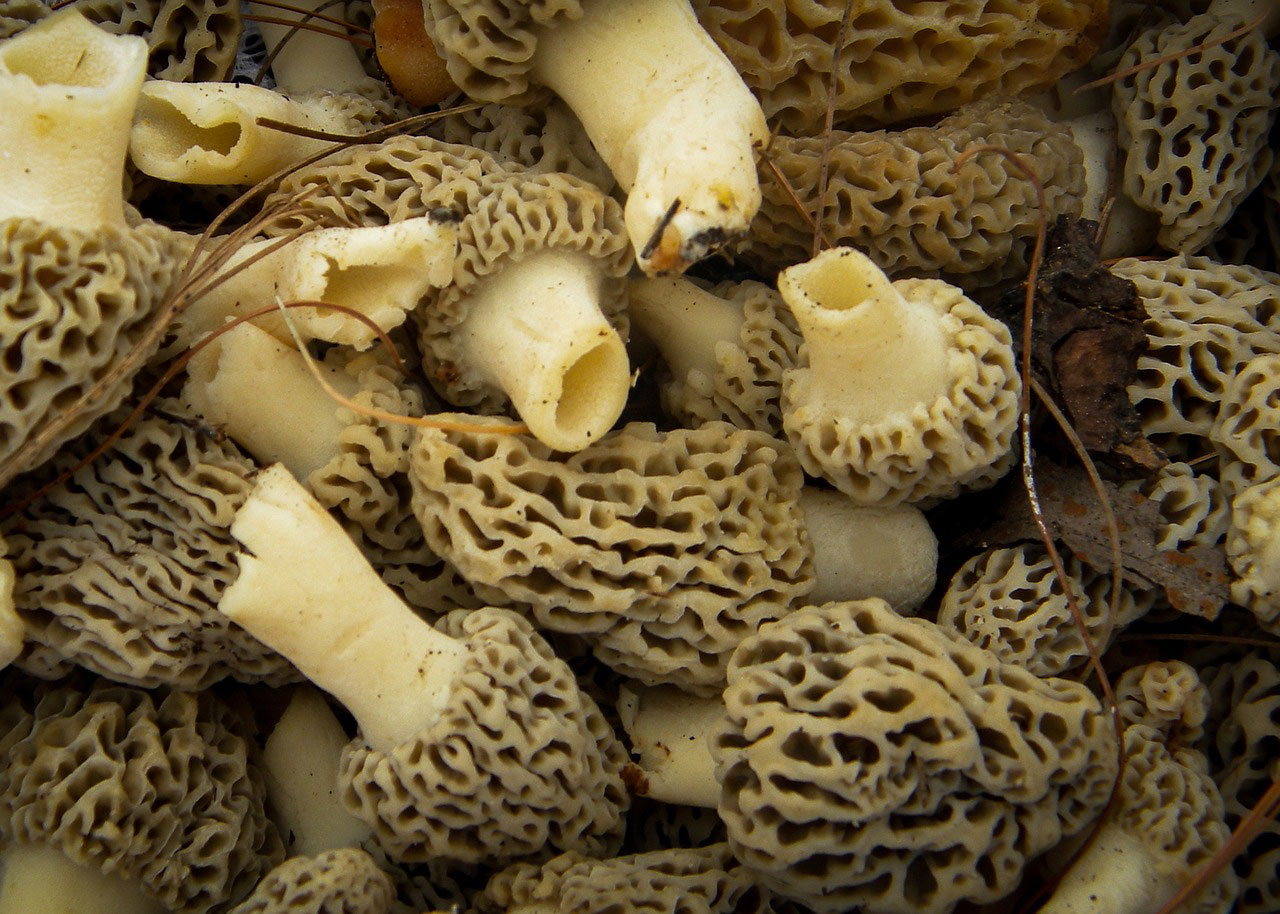
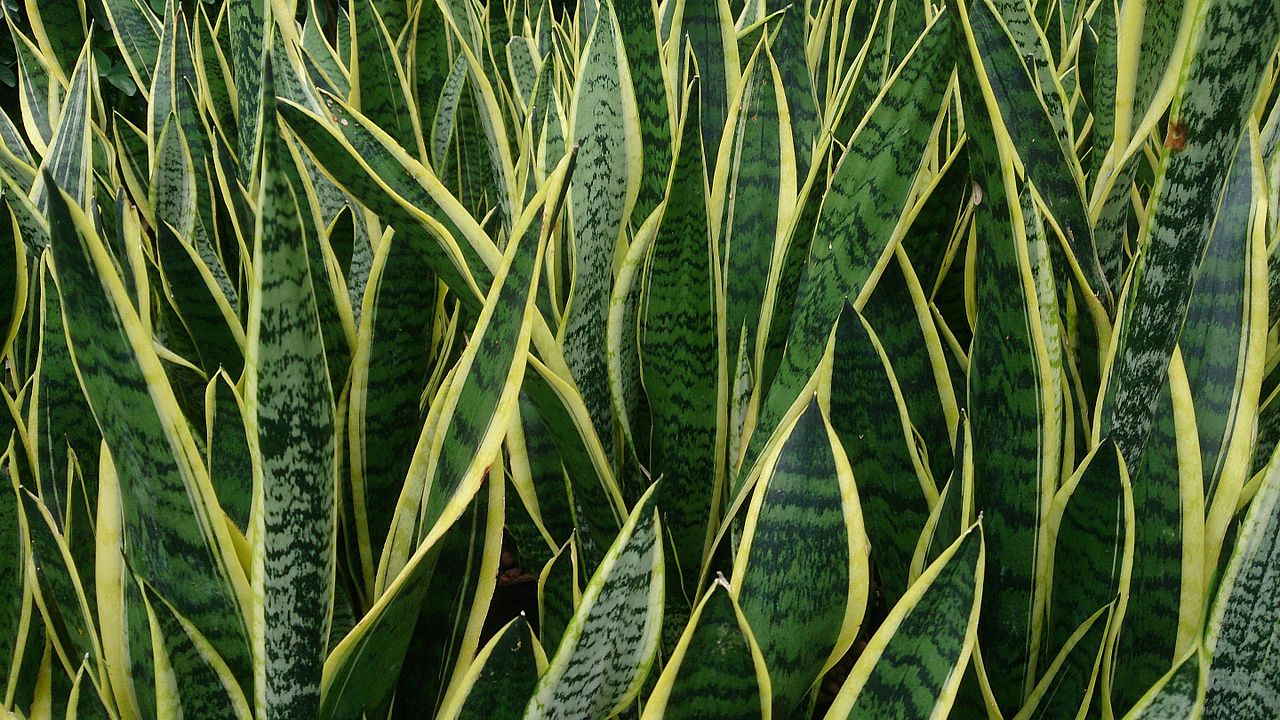
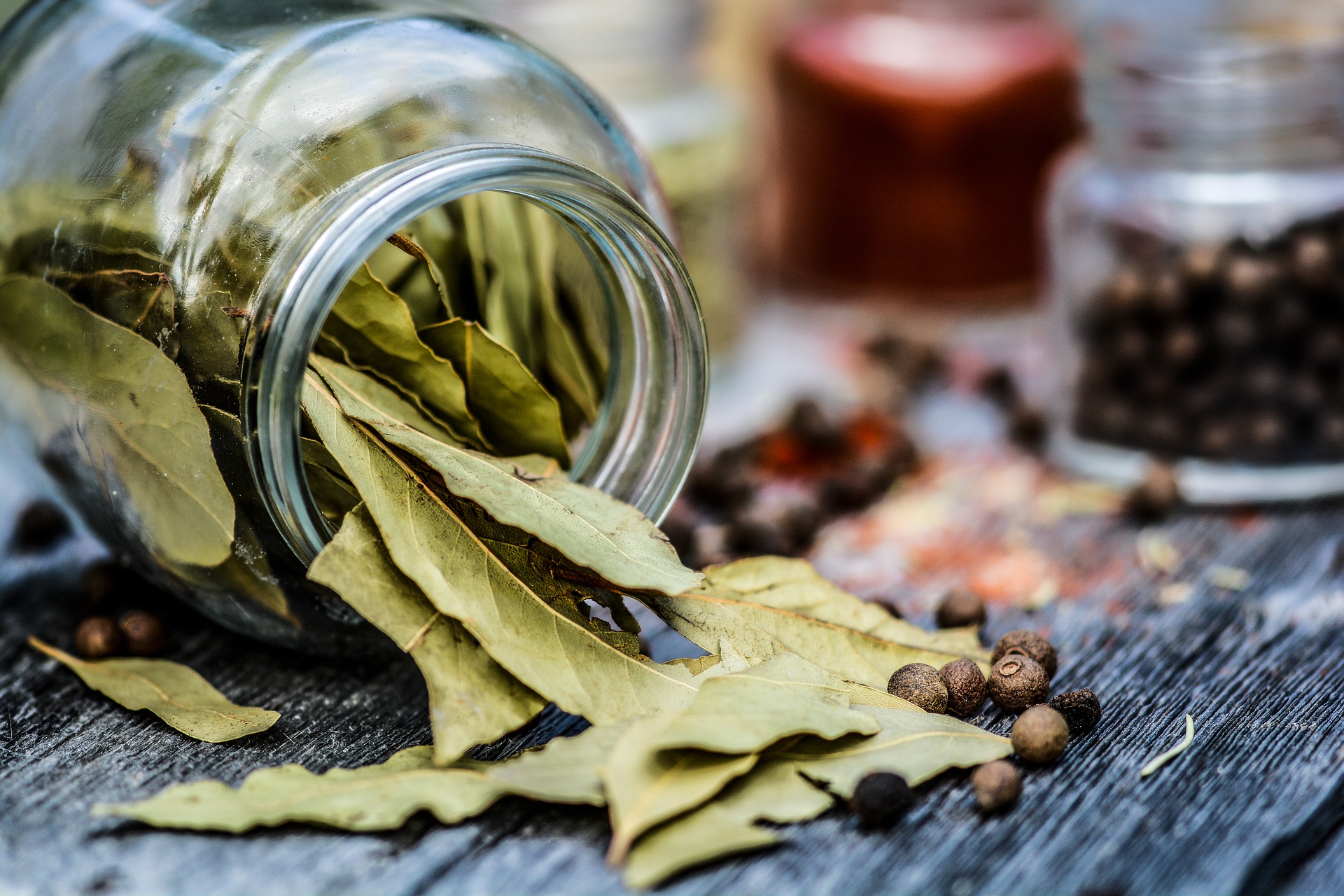
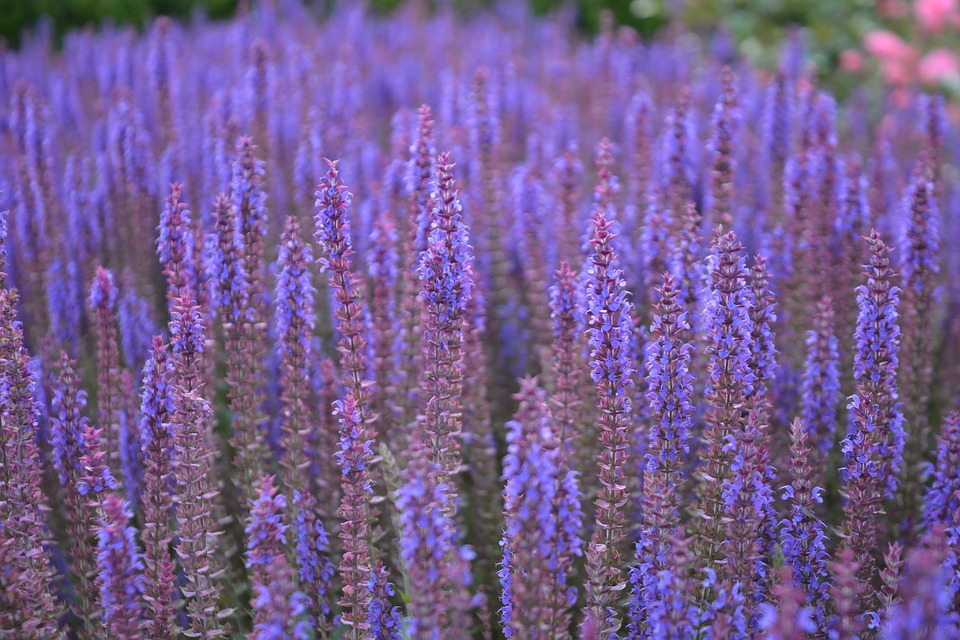
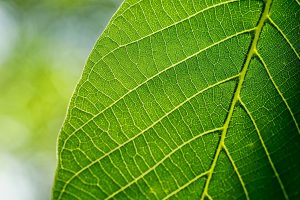

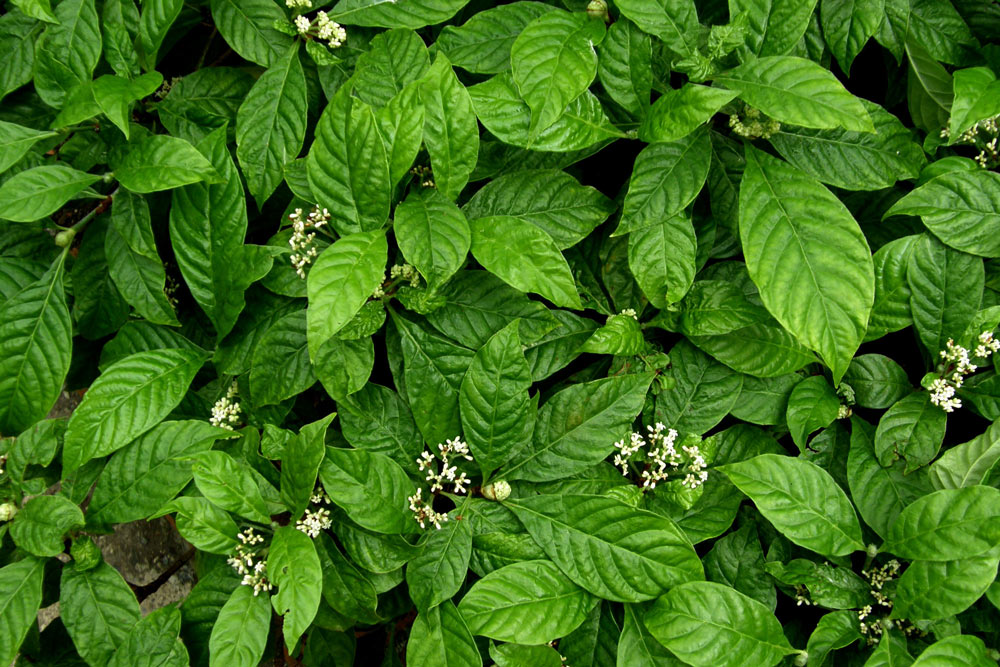
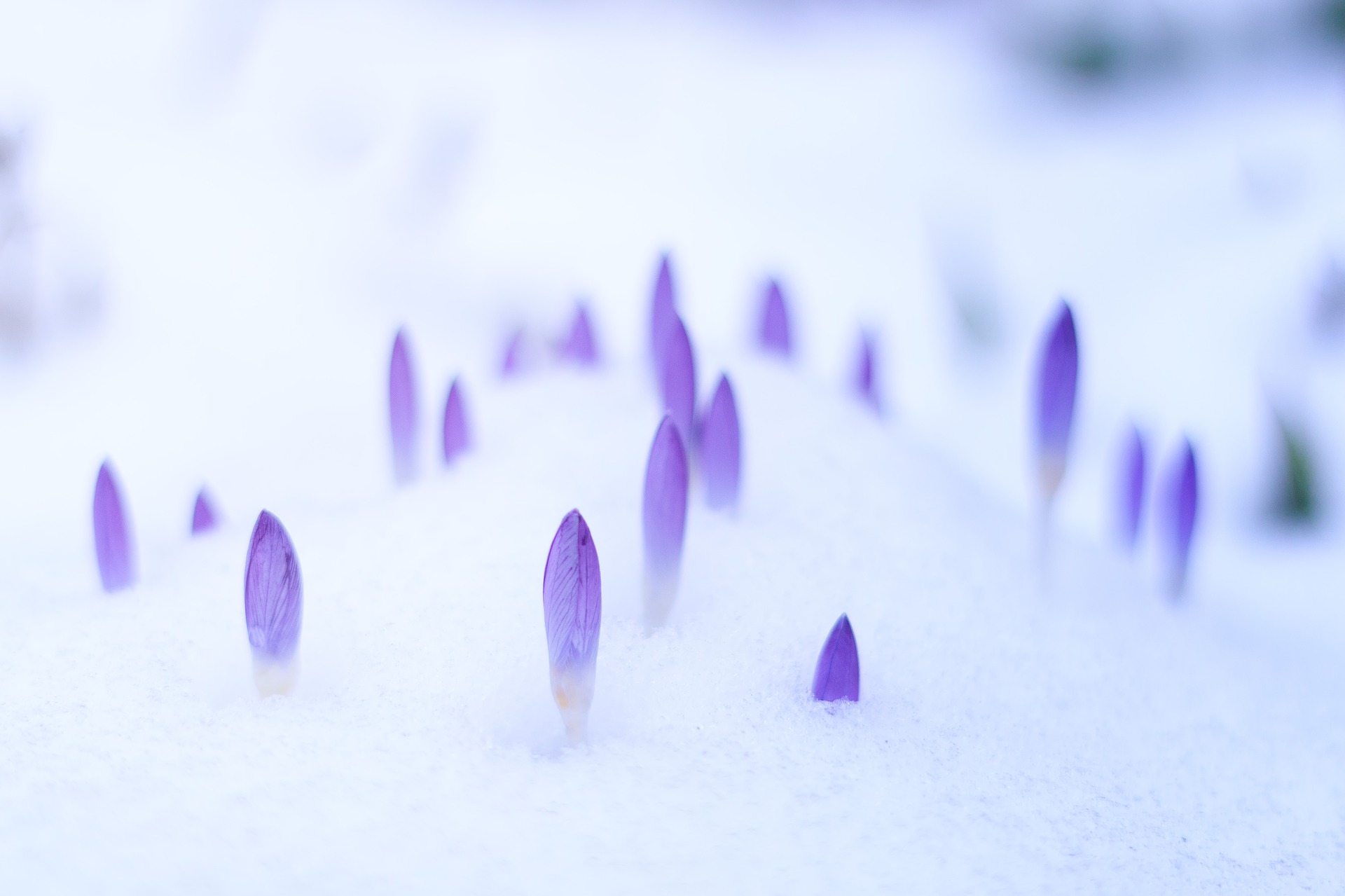
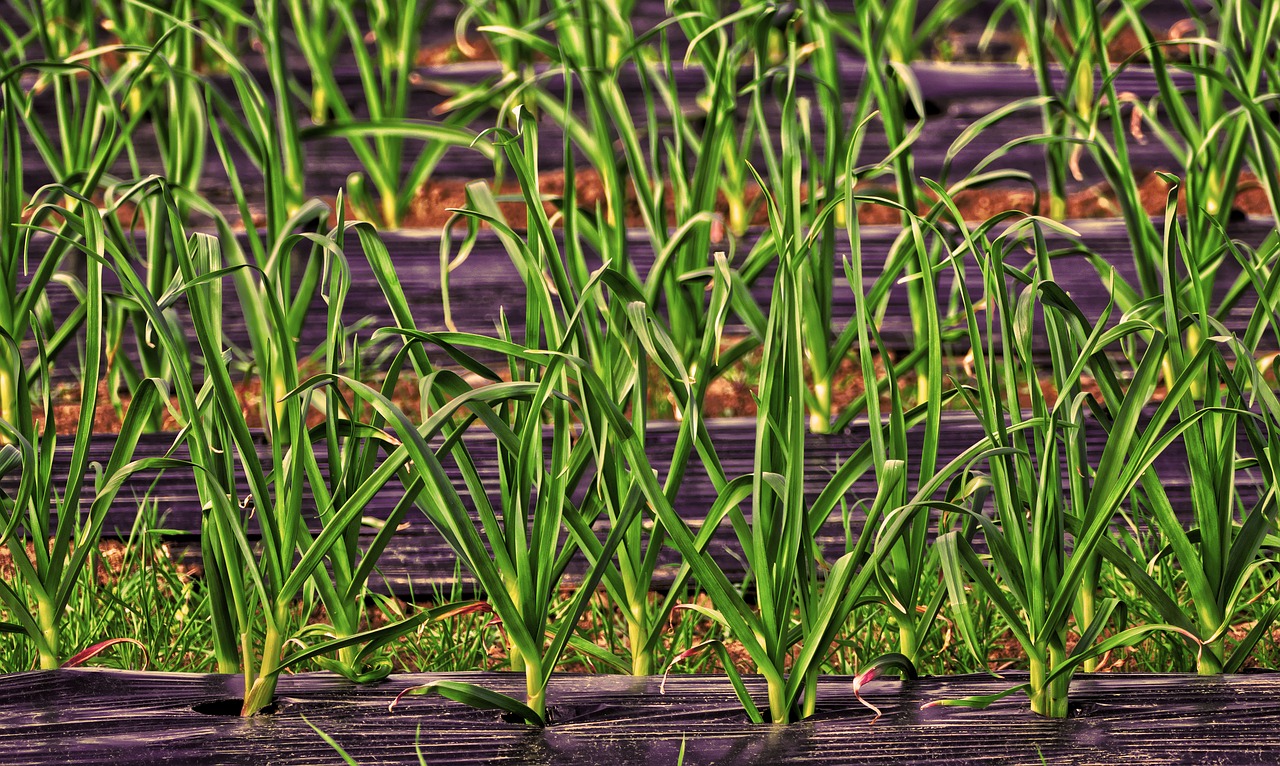
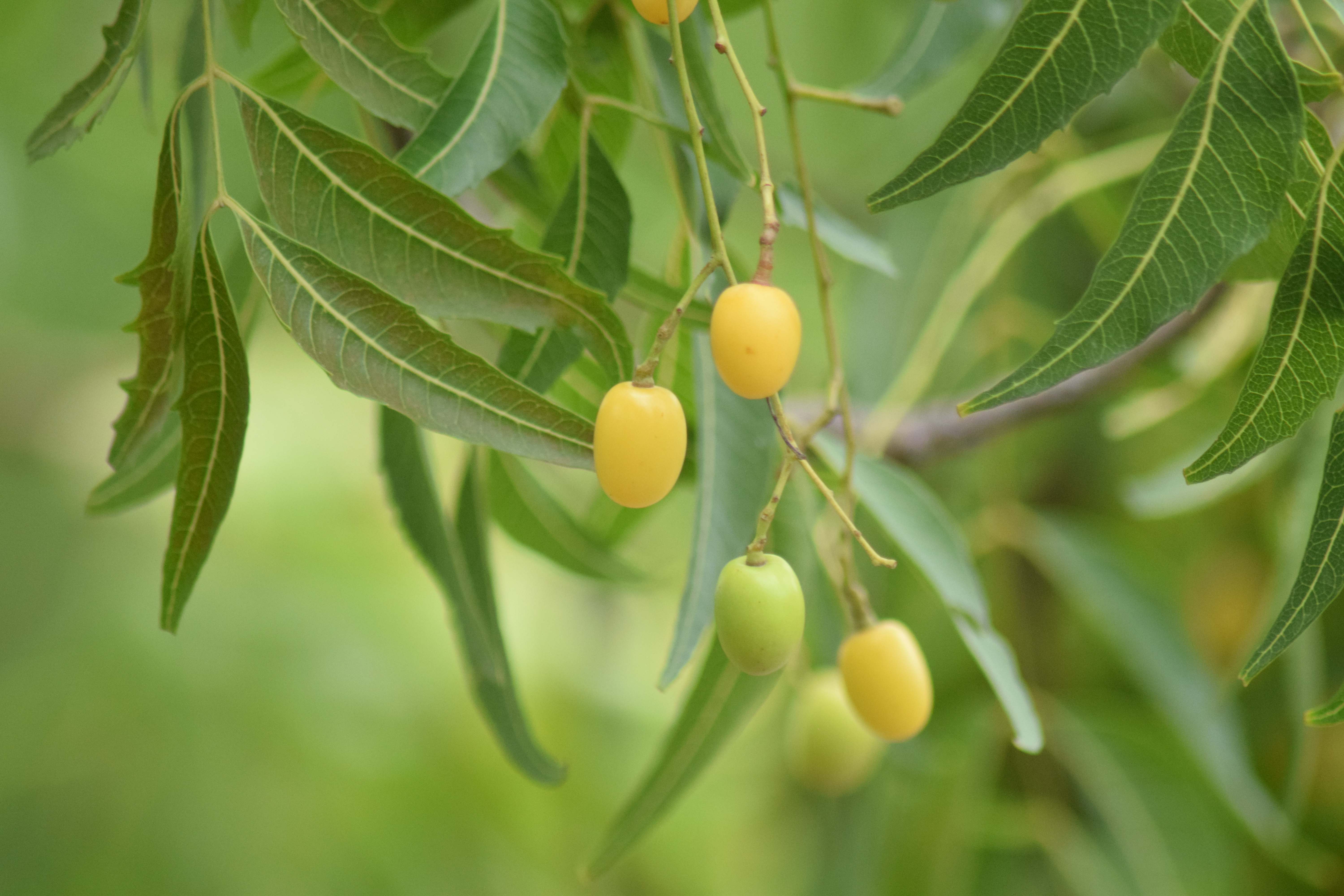



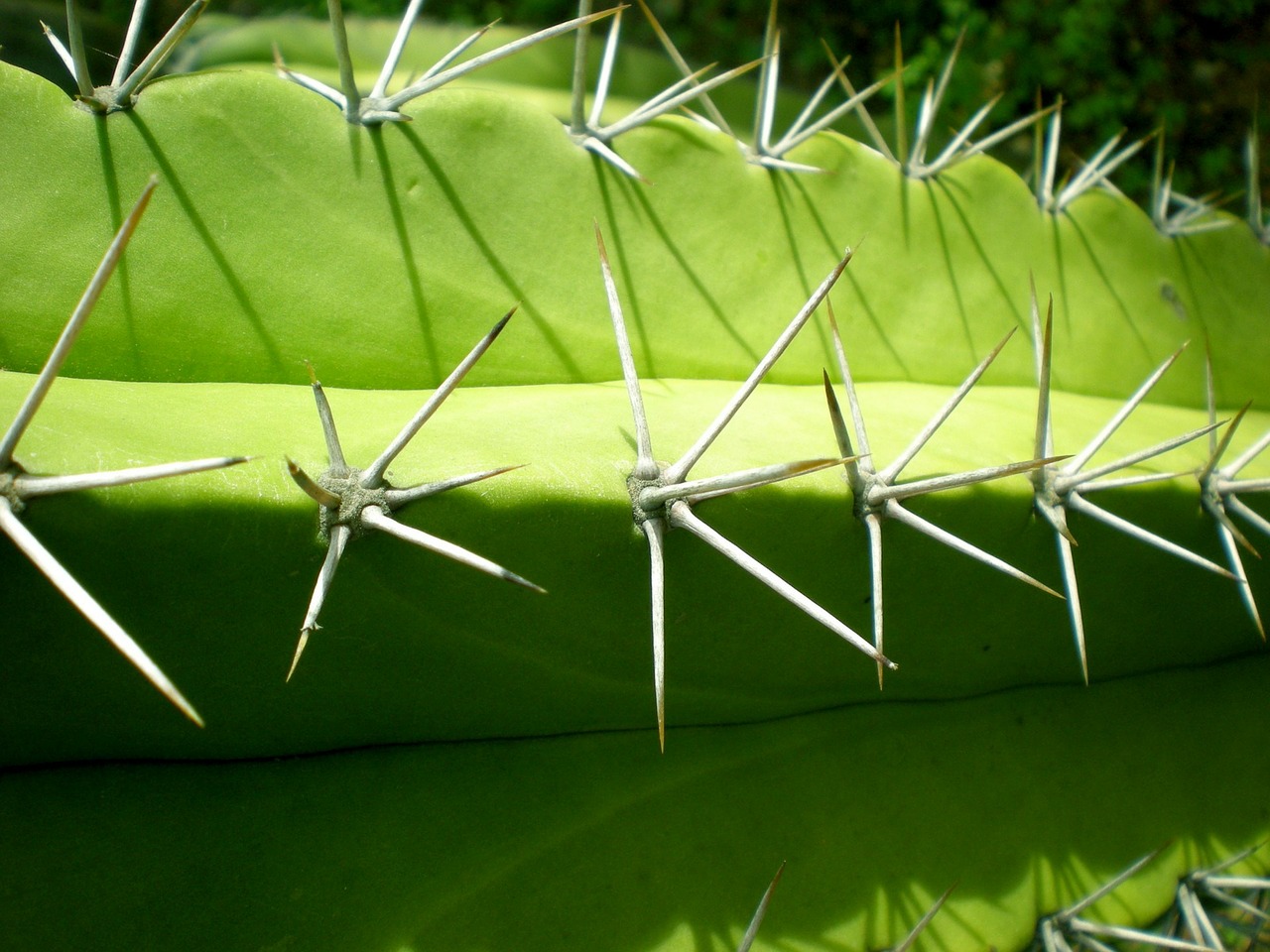
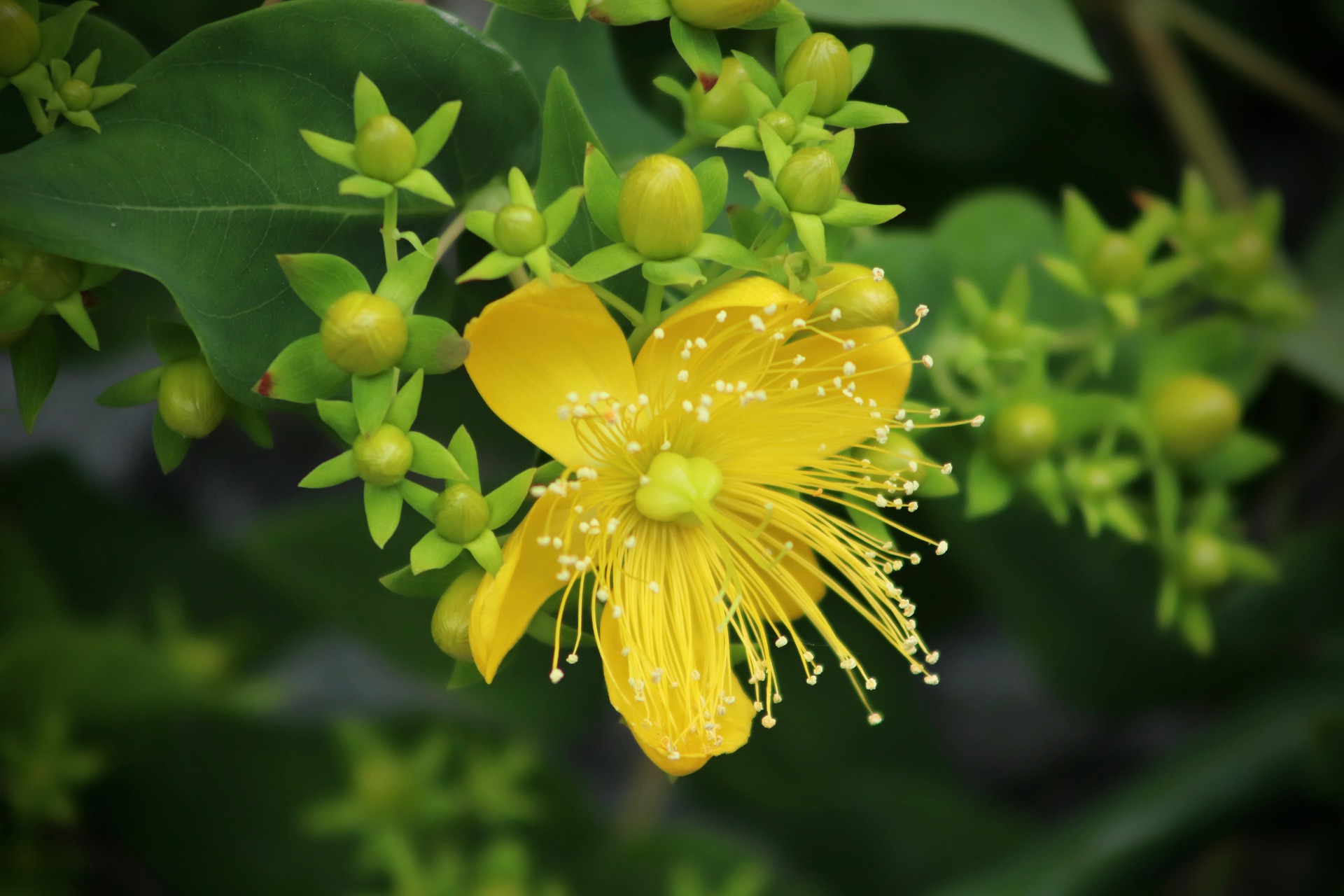
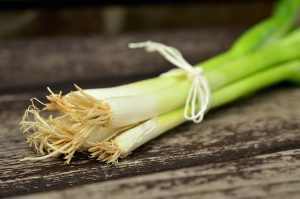
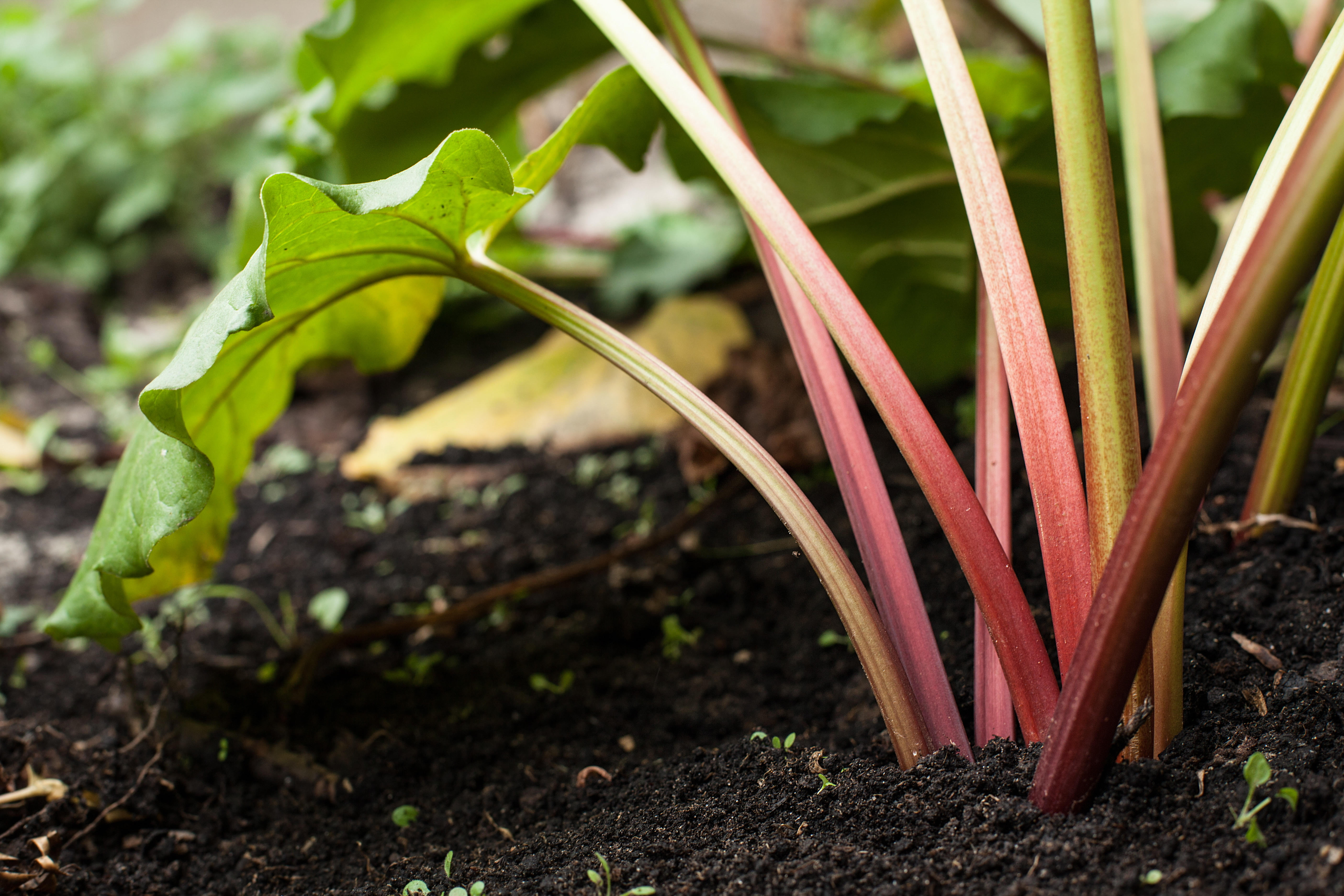

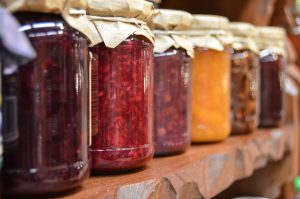
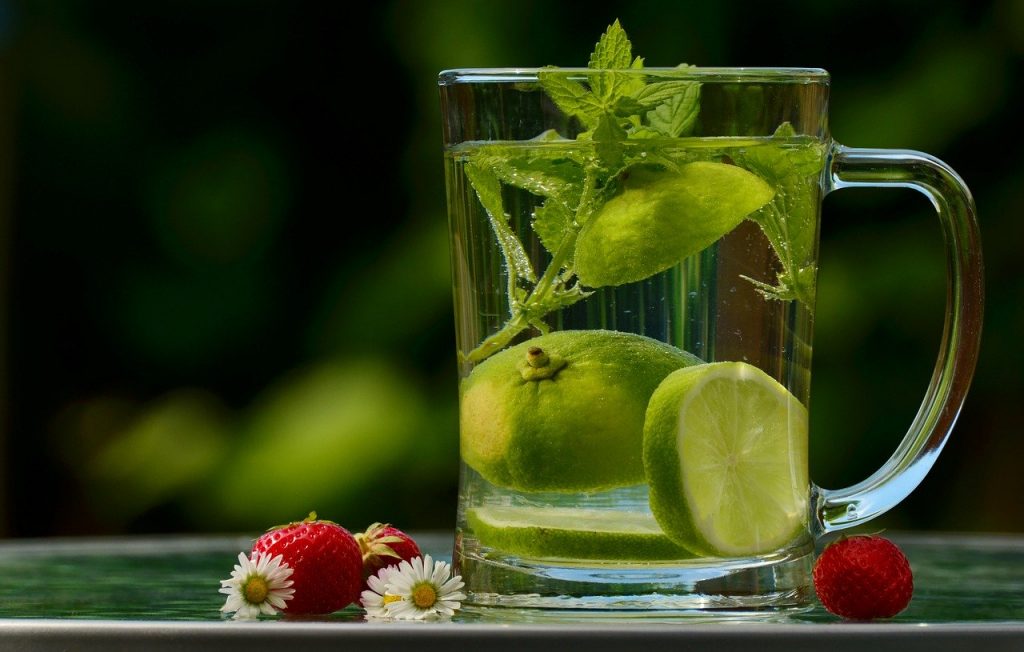
0 Comments